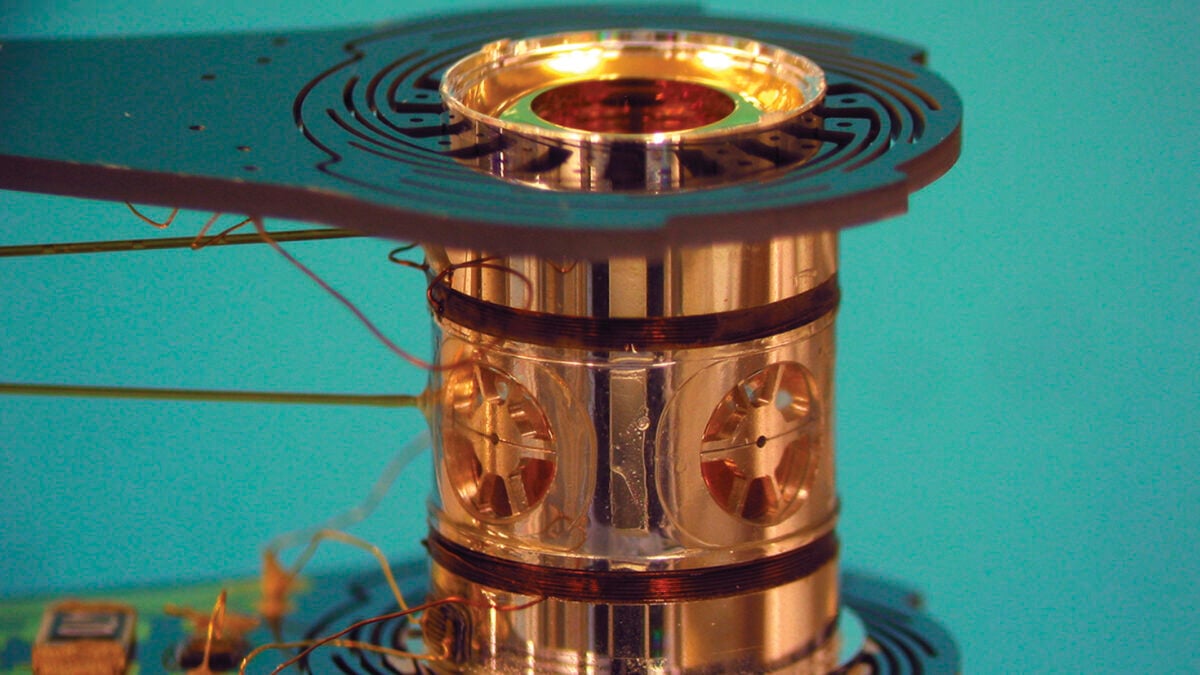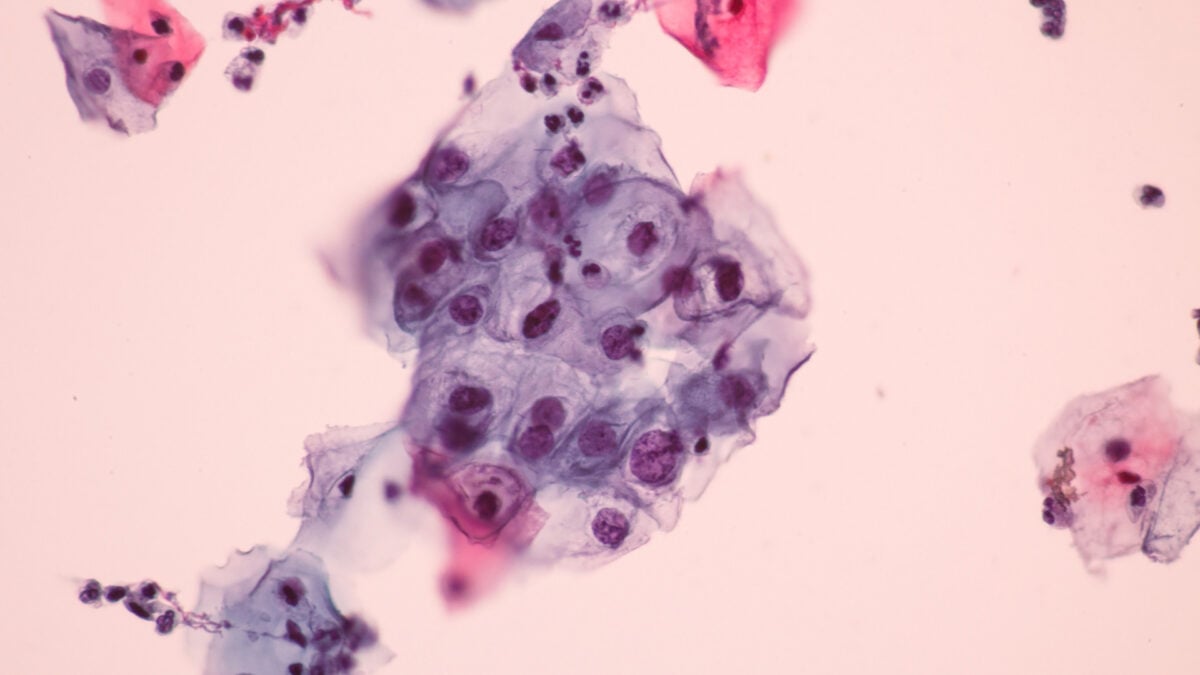Startup Claims Its Fusion Reactor Concept Can Turn Cheap Mercury Into Gold

Keep checking those gold prices—scientists have more news about the coveted metal. An energy startup claims it has the recipe for modern-day alchemy: turning mercury into gold inside a nuclear fusion reactor.
Last week, Marathon Fusion, a San Francisco-based energy startup, submitted a preprint detailing an action plan for synthesizing gold particles via nuclear transmutation—essentially the process of turning one element into another by tweaking its nucleus. The paper, which has yet to undergo peer review, argues that the proposed system would offer a new revenue stream from all the new gold being produced, in addition to other economic and technological benefits.
Specifically, the proposed method involves introducing mercury-198 into a fusion reactor and bombarding it with neutrons until it transforms into mercury-197, a much more unstable isotope of mercury. Because of its instability, mercury-197 decays into gold-197, the only stable isotope of gold. This process takes about 64 hours and relies on the steady release of high-energy neutrons popping out of the fusion of the hydrogen isotopes deuterium and tritium.
A special “blanket configuration” in the tokamak—a donut-shaped machine that uses magnetic fields to confine plasma—would separate gold production from the fusion plant’s energy generation, according to the study authors. As a result, gold production wouldn’t impinge on the plant’s primary function to generate nuclear energy. This setup would allow the plant to “simultaneously meet the fuel cycle requirements of [deuterium and tritium] fusion and achieve economically valuable production of gold,” the authors wrote in the paper.
Assuming this is all feasible—and this remains a big theoretical assumption—reactors using this approach could produce around 11,000 pounds (5,000 kilograms) of gold every year per gigawatt of electricity generated, according to Marathon Fusion’s chief executive, Kyle Schiller, and chief technology officer, Adam Rutkowski. To put this into perspective, around 3,000 metric tons of gold are mined each year. In an interview with the Financial Times, the two representatives stated that this “byproduct” could double the revenue of the plant.
But it’s worth noting that the same process would likely result in the production of unstable and potentially radioactive isotopes of gold. As such, Rutkowski admitted, the gold would have to be stored for 14 to 18 years before it could be labeled radiation-safe.
Experts who have (unofficially) reviewed the study claim the proposal presents thought-provoking points that warrant further discussion. “On paper it looks great, and everyone so far that I talk to remains intrigued and excited,” Ahmed Diallo, a plasma physicist at the U.S. Department of Energy’s national laboratory at Princeton who wasn’t involved in the study, told the Financial Times.
But all that shines is not gold—especially given the fact that, again, the paper has yet to be peer reviewed and does not offer any empirical demonstrations of the proposed setup. If this company is successful, however, perhaps we’ll finally have achieved modern alchemy without giant particle accelerators. Although, in my opinion, effectively achieving alchemy through the use of giant accelerators is still pretty cool.








